The beginning of the 21th century and the so called “post-modern era” have highlighted some facts. First, the ethno-cultural issue cannot be considered a memory of the past. Second, the systematic paradigm of a “society without borders” turned out to be indeed full of limits.
About 20 years ago, some studies pointed out the existence of 233, potentially “at risk”, politicized groups. These groups have decided to undertake a political action to pursue their own collective interests or have claimed their economic and political separation from the body State to whom they were embodied. Moreover, the 75% of the 127 countries examined during this study were found to contain highly politicized minorities.
However, we have to consider not only the national entities that intend to separate themselves from the State they belong to, but we have also to take into account the several people that claim a strong specificity. Although the latter do not necessarily claim the independence, they ask for the recognition of a larger autonomy because of their specificity.
This is one of the many reasons why it is necessary to find an agreement between Russian Federation and Europe. This is one reason, but not the only one. As a matter of fact it should be considered the economic synergy between Russian Federation and Europe, too. Moscow provides for about 40% of the EU countries’ gas requirements and for 30% of oil ones, while it absorbs the 7% of the Europe’s total exports.
Analyzing the issue from a geographic point of view, we have to underline how the true horizontal border between the two Eurasia’s great geopolitical areas is the one that separate Europe (adding the Anatolian peninsula), involving Siberia up to Vladivostok, from the remaining “yellow” Asia (China, Korea and Japan), as well as from the other geopolitically homogeneous Asia’s areas.
A limes that can be set around the 50th parallel. Anyway, it is less relevant than the cultural and geostrategic difference that separate Europe from the United States, as well as it is less conspicuous than the geographical moat represented by the Atlantic Ocean.
From the Russian point of view, the only geopolitical safety for the centuries to come is represented by the control of the Northern Eurasia’s coasts that overlook the two main global oceans: Atlantic Ocean and Pacific Ocean. Otherwise, sooner or later, Europe will be used as an American battering ram to break through the doors of Russian Federation, trying to dissolve it in the many ethno-religious realities which Russia is composed of.
Therefore, nowadays the words pronounced by Vladimir Putin on 10 February 2015 at the Munich Security Conference sound prophetic: “The unilateral and frequently illegitimate actions have not solved any problem … We have reached the critical moment in which we seriously have to consider the global security architecture. And we have to proceed trying to find a reasonable balance among the interests of all subjects concerned in international relations … but that does not mean to interfere within the domestic affairs of other countries dictating rules that determine their life as well as their development.”
In his speech it is evident the reference to the international protectorates and “military humanitarian missions” that have characterized the world after the fall of the Berlin Wall, together with the nation building process and the structural adjustment economic programs imposed by the International Monetary Fund and the World Bank.
The Bruxelles-Washington agreement in this process have strongly limited the capacity of the States to govern themselves, encouraging global chaos at the same time. The Western claim to lead global development is disguised as the pretense to detain absolute domain over different people. This process must be rejected.
There is clearly a political-ideological exploitation of international law. Accordingly, major Western powers appear inconsistent with the various movements for secession and independence: favorable to those of Cecenia and Kosovo, contrary to those of Abkhazia, South Ossetia, Republika Srpska and Transnistria.
However, Russia itself runs the risk to provoke a ripple effect in the territories under its sovereignty, just think about the cases of Daghestan, Tatarstan and Yakutia.
Besides, it is to mention the problem of the Russian minorities that live in the ex Soviet Union’s territories, especially in the Baltic republics (Lithuania, Latvia and Estonia). There Russian people are provoked and submitted to significant limitations tolerated by the European Union.
A first solution may be, for instance, the adoption of the Estonian-Russian bilingualism, as well as Finland accepts the Finnish-Swedish bilingualism.
Even more so, the large number of border issues and new state entities, arisen after the Soviet Union and Yugoslavia’s dissolution, have to be solved. They add up to the historical claims of European people such as Catalan and Basque, Corsican, Irish …
Let’s begin analyzing the dispute in the Caucasus. First, we have to take into account that the European Union have signed ten Partnership and Cooperation Agreements (PCA) with the Russian Federation in order to develop democracy, culture and economy in the countries of the region.
The Nagorno-Karabakh Republic (most commonly known as the Armenian enclave of the Azerbaijan’s Nagorno Karabakh) extends on an area of 13000 square kilometers to the east of the Republic of Armenia. Its population counts 150000 inhabitants. Stepanakert is the capital city.
The territories regained by its inhabitants during the conflict with Azerbaijanis (Azerbaijan has kept under its sovereignty the region of Shahumian to the north and small territorial fractions to the north-east and south-east) allow the Nagorno-Karabakh enclave to end isolation and to get territorial continuity with Eastern Armenia (i.e. the region called Zanghezur).
However, Baku’s government does not recognize its status quo. Indeed, the OCSE Minsk Group’s mediation was not able to reach concrete results.
This diplomatic impasse leads to important consequences as it is linked with the energy issue: the European Union keeps trying to boycott the Russian’s South Stream pipeline project in order to support the competitors, namely Nabucco and T.A.P., that are leveraging on the Azerbaijan’s crucial contribution.
As regards the Caucasian region, the recognition of Abkhazia and South Ossetia represents another impediment to profitable diplomatic relations between Moscow and Bruxelles. These two republics became independent after Georgian aggression (inspired by Washington) in 2008.
Likewise, another impediment is represented by the separatist regions in the Russian-speaking Donbass. The acceleration of this process is likely to favor the NATO admission of Tbilisi and Kiev, at the expense of Europe, Russia and Iran.
The US bases in the Caucasus and even more in Central Asia were initially tolerated as a possible factor of stabilization in the area. Indeed, Moscow has been considering them as an instrument of heavy US interference in its “near abroad” for a long time now.
The particular geographic location makes the Caucasus an ideal sorting point for the transition of opium coming from Afghanistan and Pakistan. It reaches the Lebanese, Russian and European laboratories through the Caspian Sea and borders with Azerbaijan and Armenia.
The South Caucasus, especially Azerbaijan and Georgia, built a crucial passage for the access to the aircraft of the US-led coalition during the military operations against Afghanistan and Iraq.
The Foreign Minister Sergey Lavrov has underlined how Russia recognized, in 1991, the national integrity of all post Soviet Republics. Moreover, he has stressed many times that the Russian Federation has no territorial ambition. Nevertheless NATO is exploiting that to justify their expansion to the East.
In the former Yugoslavia there are many problems open and difficult to solve as much. This is because of the European Union’s blindness, as witnessed by the Swedish daily “Aftonbladet”. According to the document published with the title “Post war system for South-eastern Europe”, adopted by the European Heads of State on 28 April 1999 in Bruxelles, the European Union had anticipated its intention to transform the new independent states into Atlantic protectorates. The penalty would have been their political and economic isolation.
All concerned are conscious that the current arrangement of Bosnia and Herzegovina cannot be sustainable in the long run. Even more so after the domino effect caused by the unilateral recognition of Kosovo that the United States and the European Union wanted to accomplish (nevertheless, it split Europe itself between those in favor and those contrary).
The independence referendum announced many times by the Banja Luka’s Serbian-Bosnian government will cause immediate consequences on the rest of the Balkan region.
Similar threats come from Albanians in Macedonia and in Presevo Valley (in the Southern Serbia), from Muslims in Sandzak (they could federate with those in Bosnia) and even from Vojvodina (where Soros’ NGOs have been spreading secessionist propaganda for a long time now). It is not a fortuity that the migration crisis acts as a further destabilizing factor in these countries.
As a matter of fact the most important roads that connect Central and Southern Europe with the Middle East go through Serbia. The strategy to further amputate Serbia’s territories would not only allow to weaken a traditional Russian ally, but it would also bring to the United States the control over the Danubian river traffic, that is a vital communication connecting the North Sea to the Black Sea.
Another thorny case is that of Transnistria, where the presence of a Russian troops contingent – albeit it is limited – represents an impediment to the Moscow-Bruxelles relations normalization.
The Kozak Memorandum arranged thanks to the Kremlin’s capable diplomacy would have favored the creation of an asymmetric Federation in order to allow Moldova, Pridnestrove and Gagauzia (Moldova’s region where live pro-Russian Turkish Christians) to associate themselves keeping their state apparatus and their own legislation anyway.
However, the American pressures over Chisinau and the European blindness have impeded its implementation. In fact, the European Union accuses Moscow to detain huge arms deposits in Transnistria (although the documentation produced shows exactly the opposite).
Two referendums, held in 2006, proved the unequivocal will of the Transnistria’s inhabitants to become independent and join the Russian Federation. They turned out to be vain, tough. The Western nightmare also concerns the hypothetical connection between Novorossiya, Odessa and Tiraspol. There could be a Russian potential strategic outpost in Europe, free from the Atlantic bases encirclement, reinforcing the safety device symbolized by the Kaliningrad enclave, where Moscow is starting to deploy missiles for defensive purposes.
In a context where the European Union acts such as a US domination appendix in the Old Continent, it is evident that its politics cannot deviate from Washington’s one beyond a certain limit.
Thus Moscow was obliged to react in this zone, too. Indeed, Kremlin has adopted restrictive trade measures against Moldova after the Association with the European Union Agreement, signed on 27 June 2014.
The same Association Agreement with Ukraine, already ratified by the Kiev Parliament and the European Parliament, has been postponed on 1 January 2016. Thus the current diplomatic talks between the parties (Moscow, Kiev and Bruxelles) have more time to reach an agreement. If these talks fail, it is evident that Russia will deepen its support to the Donbass separatists.
Last but not least, the financial crisis that hit Greece and Cyprus. Atlantic powers fear that a Russian economic intervention will turn into a strengthening of Moscow’s geopolitical influence over Mediterranean Sea, considered the Christian Orthodox commonality with the two countries.
Moreover, these two nations are affected by Turkish interference (definition of the Greek territorial waters and support to the Northern Cyprus entity) and the problems resulting from the Ankara’s approach to the European Union, from its involvement into the Syrian crisis and from the North Stream pipeline project. These three contradictory aspects entangle even further the situation in the Eurasian triangle area.
The CFSP (Common Foreign and Security Policy) integrate the policy of the single member states without substituting it. Its efficacy is indeed limited because of the lack of cohesion among the European states on various themes of strategic importance: the NATO enlargement to the East, the US missile shield deployment in Europe, the recognition of Kosovo …
The sanction politics decided by Bruxelles and Washington have obviously garbled this inextricable tangle in a considerable way. After Kiev and Chisinau had signed the Association Agreement with the EU, considered Crimea’s adherence to Russia, Duma approved a legislative reform to facilitate the former Soviet territories reunification to the Federation. This will be applied in the case they ask for reunification.
The Moscow Eurasian Union project is not absolutely incompatible with the openness to Europe. Even better, it would strengthen the means to implement a great free trade customs area based on total trade openness among the two parties, abolition of visas and a deeper educational and safety cooperation.
It is likely to be a long term process to implement, because of the European Union lack of some attributes of power that are indispensable: poor political cohesion, military weakness and energy dependence are factors that make Europe always prone to be blackmailed by the USA.
Indeed, it will be necessary to complete the integration process that has been meticulously advanced by BRICS countries. Together with the enlargement of the Shanghai Cooperation Organization (SCO), they will promote in the years to come a resolute multipolar rearrangement of our planet.
Conclusions.
In the past the European Parliament and Duma’s deputies met every year for an exchange of views in the EU-Russia Parliamentary Cooperation Committee (PCC), but since January 2014 these activities have been suspended.
If the European Union wants to seriously cooperate with Russia, it has to build a solid political architecture and obtain the military autonomy from the NATO. The cooperation will allow the EU both to get reciprocal economic benefits and to definitely fix the many territorial issues opened up with the formation of “small states”.
Building a “Euronucleus” based on shared intentions and values could be a first solution. It should initially keep out the Atlantic extremist countries such as Poland and Great Britain and it should eventually create a 360 degrees legislating Federation, perhaps taking as reference the federal model indicated by the Commonwealth of Independent States (CIS).
At the same time, Moscow could assess alternative diplomatic forms concerning the regional autonomy that many European nations concede to some territories, in order to overcome the destructive and blind economic sanctions policy and to promote the adoption of an interstate legal model to take into account the reasons of the many small forgotten states, or those tormented by “frozen conflicts” looking for a solution.
This initiative has to be followed by a similar action to change the procedures to become a UN member. In fact, according to international law, the UN cannot consider a Motherland attack against a secessionist territory as a military aggression (see the Transnistria and Donbass cases as an example).
Francesco Rutelli
Stefano Vernole
Russia – Emilia Romagna Friendship Association
Traduzione in inglese di Nebojsa Radonic

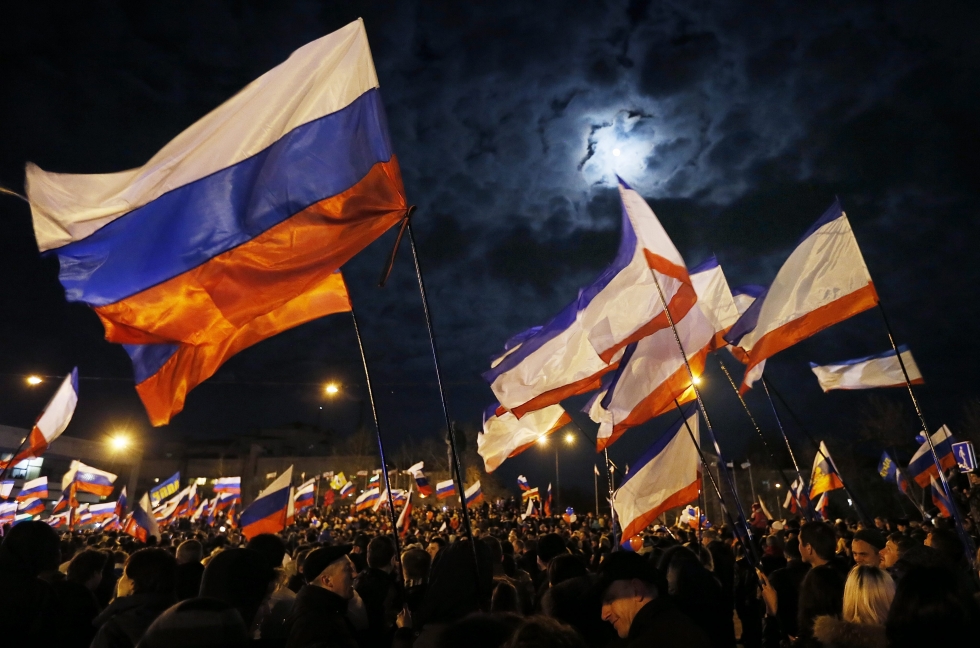

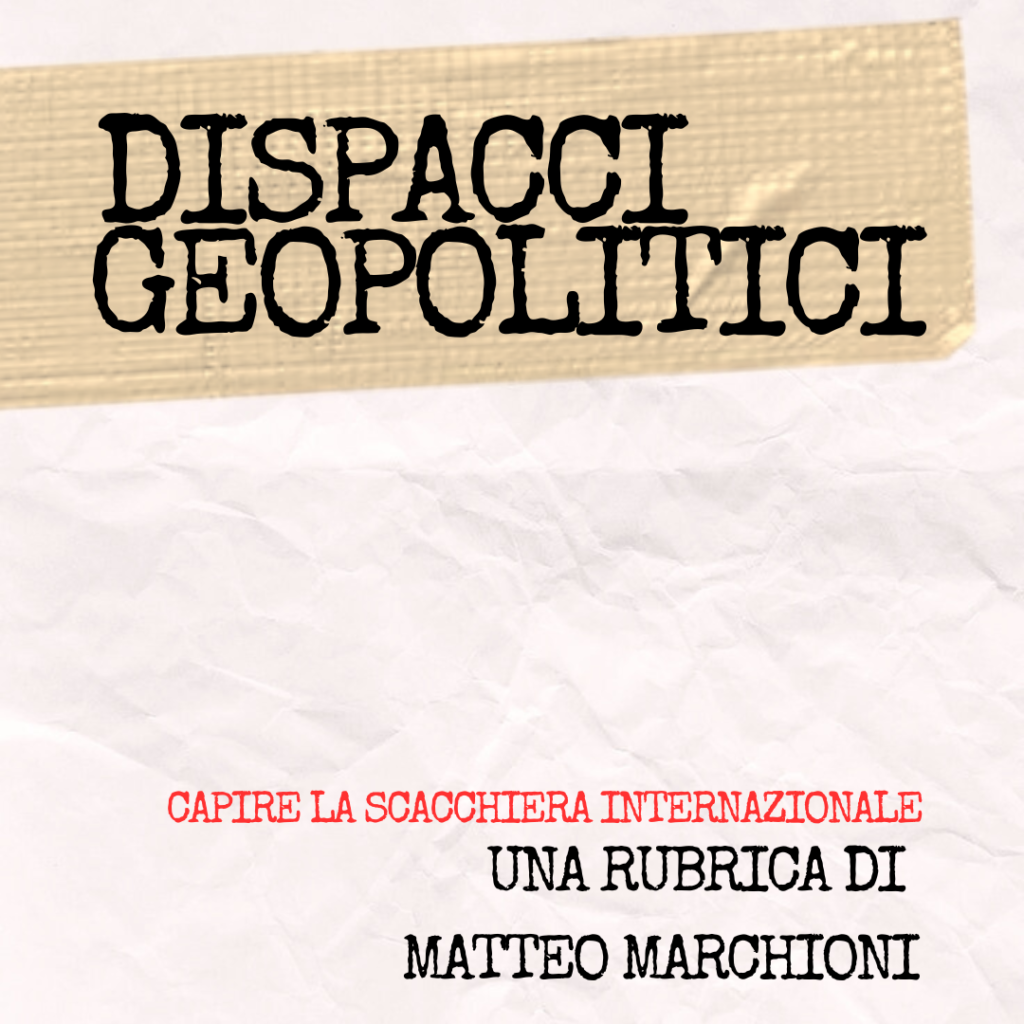

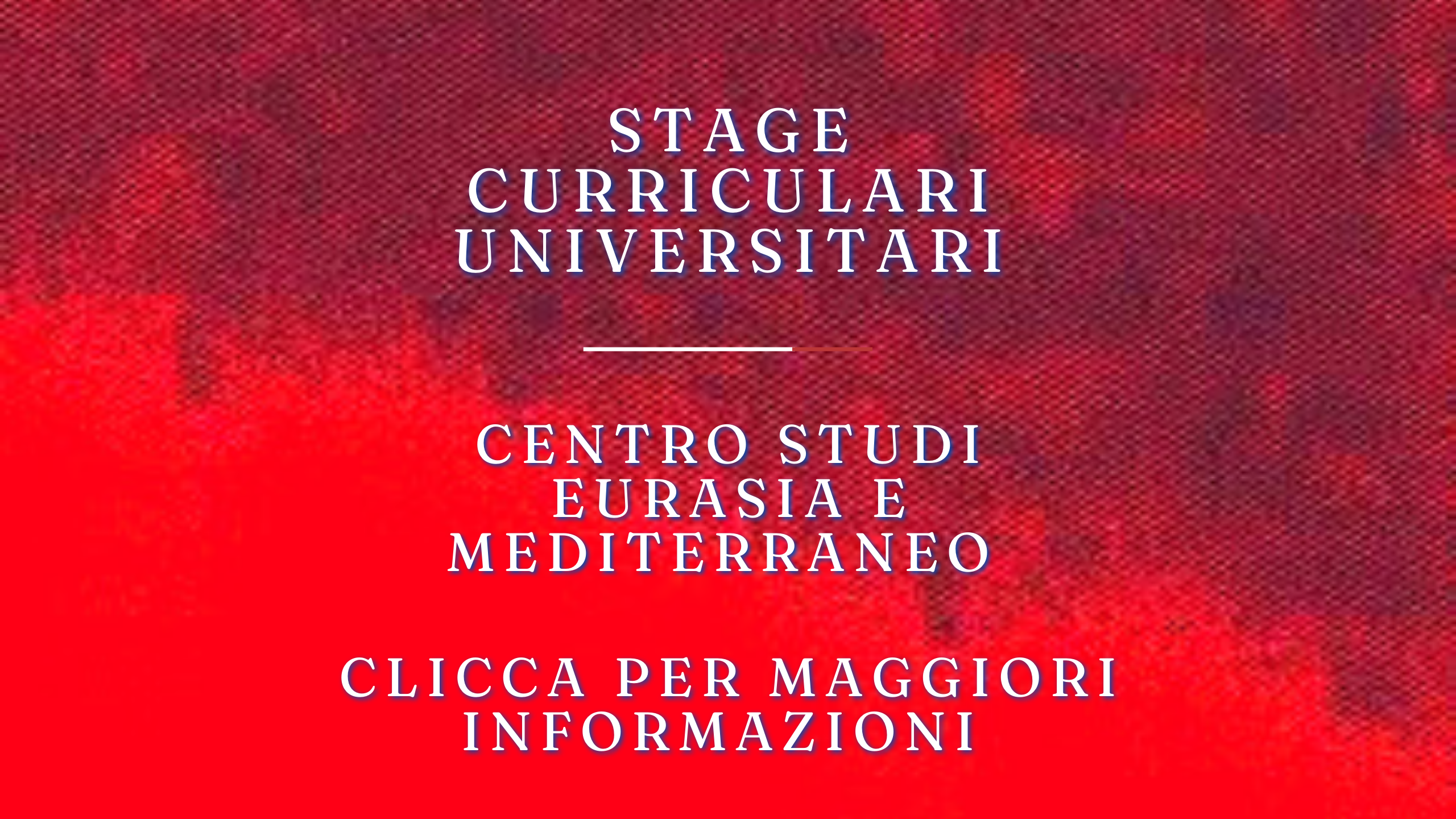
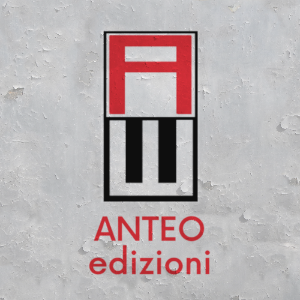
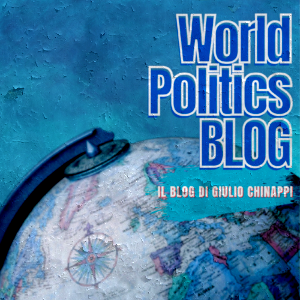



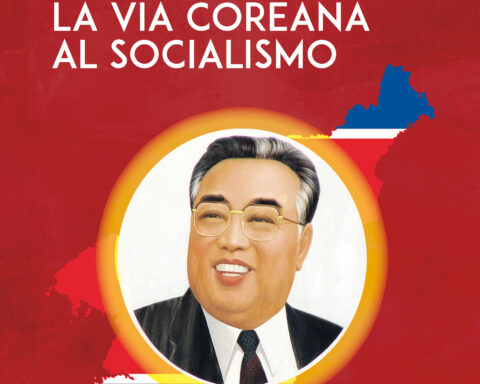
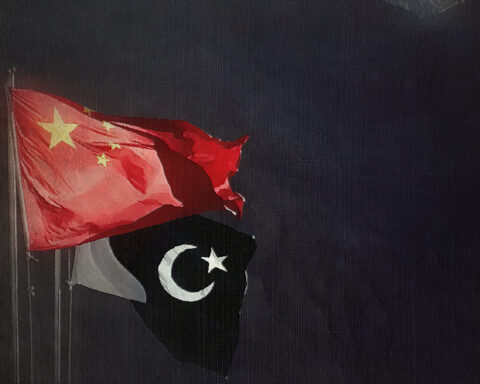
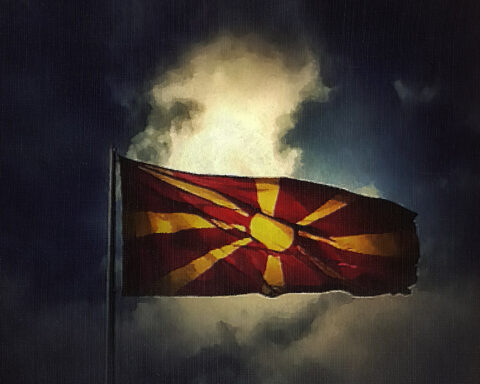
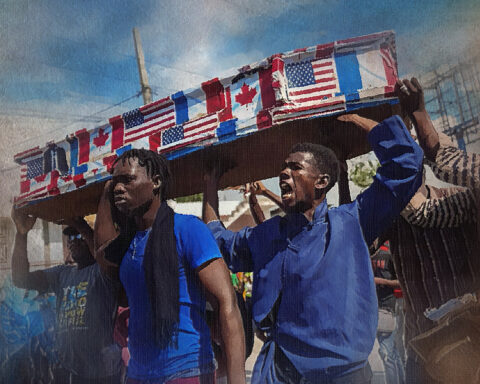



Il CeSE-M sui social